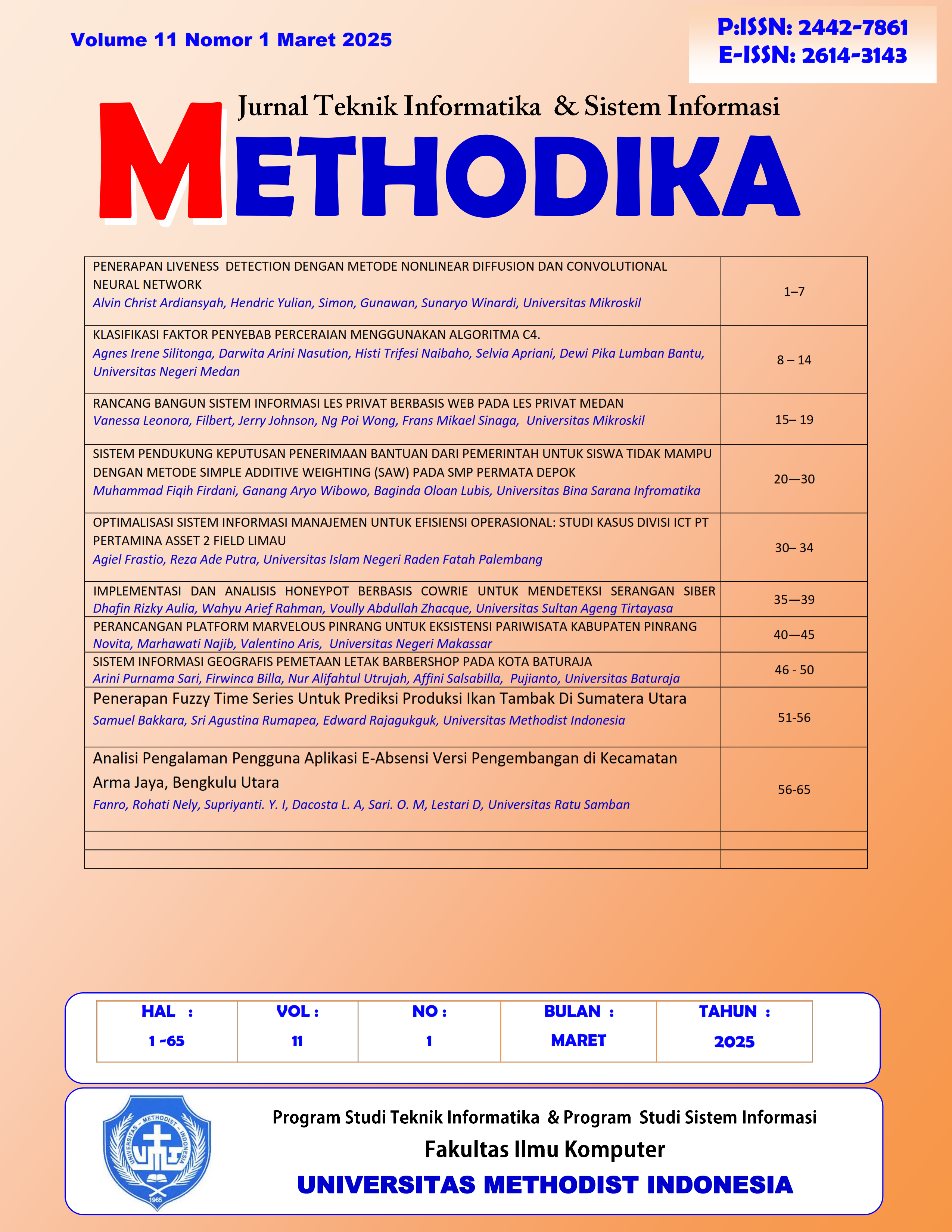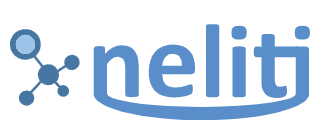OPTIMALISASI SISTEM INFORMASI MANAJEMEN UNTUK EFISIENSI OPERASIONAL: STUDI KASUS DIVISI ICT PT PERTAMINA ASSET 2 FIELD LIMAU
Keywords:
Management_Information_Systems, Operational_Efficiency, System_Integration, Automation_TechnologyAbstract
The optimization of Management Information Systems (MIS) is a key strategic step in enhancing operational efficiency at the ICT Division of PT Pertamina Asset 2 Field Limau. This process aims to address major challenges, such as inadequate system integration, manual data management, limited staff competence, and outdated technological infrastructure. Solutions implemented include system integration, automation technology adoption, staff training program development, and technology infrastructure upgrades. Results indicate that optimizing MIS reduces data redundancy, accelerates information processing, and supports more accurate data-driven decision-making. Innovative approaches like design thinking also contribute to system efficiency and user engagement improvement. In conclusion, optimizing MIS not only enhances operational efficiency but also strengthens the company's competitiveness in the energy sector through effective technology implementation and improved human resource management.
References
J. Sirajuddin, A. Rajjani, B. T. Hanggara, and Y. T. Musityo, “Evaluasi Manajemen Risiko Teknologi Informasi pada Department of ICT PT Semen Indonesia (Perseo) Tbk menggunakan Framework COBIT 2019 dengan Domain EDM03 dan APO12,” 2021. [Online]. Available: http://j-ptiik.ub.ac.id
R. Maulana, D. Suryana, and Y. Pratama, “Kinerja sistem informasi di PT Pertamina: Studi kasus,” Jurnal Sistem Informasi, vol. 18, no. 1, pp. 25–40.
P. Shilamaya and E. Sisdianto, “ANALISIS PENGARUH PENERAPAN TEKNOLOGI INFORMASI TERHADAP EFISIENSI OPERASIONAL DAN KINERJA KEUANGAN PADA PT. PERTAMINA,” JURNAL MEDIA AKADEMIK (JMA), vol. 2, no. 4, 2024, doi: 10.62281.
Ahmad Farisi, D. Dafid, and Rizani Teguh, “Analisis Metode Pengukuran Kualitas Perangkat Lunak: Sebuah Tinjauan Literatur Sistematis,” SATESI: Jurnal Sains Teknologi dan Sistem Informasi, vol. 4, no. 1, pp. 10–16, Apr. 2024, doi: 10.54259/satesi.v4i1.2551.
H. Basri, T. S. Wibowo, and S. Saputra, “Sistem Informasi Dan Monitoring Data Berbasis Web Menggunakan Model Waterfall Untuk Meningkatkan Efisiensi Pengolahan Data Di Pt Perseroda PITS BUMD,” 2024.
S. Wijaya, “PENTINGNYA PELATIHAN DAN PENGEMBANGAN DALAM MENCIPTAKAN KINERJA KARYAWAN DI ERA DIGITAL,” ANALISIS, vol. 13, no. 1, pp. 106–118, Mar. 2023, doi: 10.37478/als.v13i1.2523.
M. Shobri, “Peran Sistem Informasi Manajemen Pendidikan dalam Meningkatkan Transparansi dan Akuntabilitas di Lembaga Pendidikan Islam,” AKSI: Jurnal Manajemen Pendidikan Islam, vol. 2, pp. 78–88, Mar. 2024, doi: 10.37348/aksi.v2i2.302.
A. A. J. Sinlae, KAJIAN PRAKTIS PERENCANAAN SISTEM INFORMASI BERBASIS DESIGN THINKING. PT Media Penerbit Indonesia, 2024.
Downloads
Published
How to Cite
Issue
Section
License
Copyright (c) 2025 Agiel Frastio, Reza Ade Putra

This work is licensed under a Creative Commons Attribution 4.0 International License.











